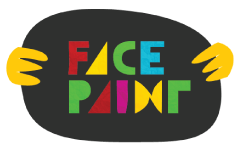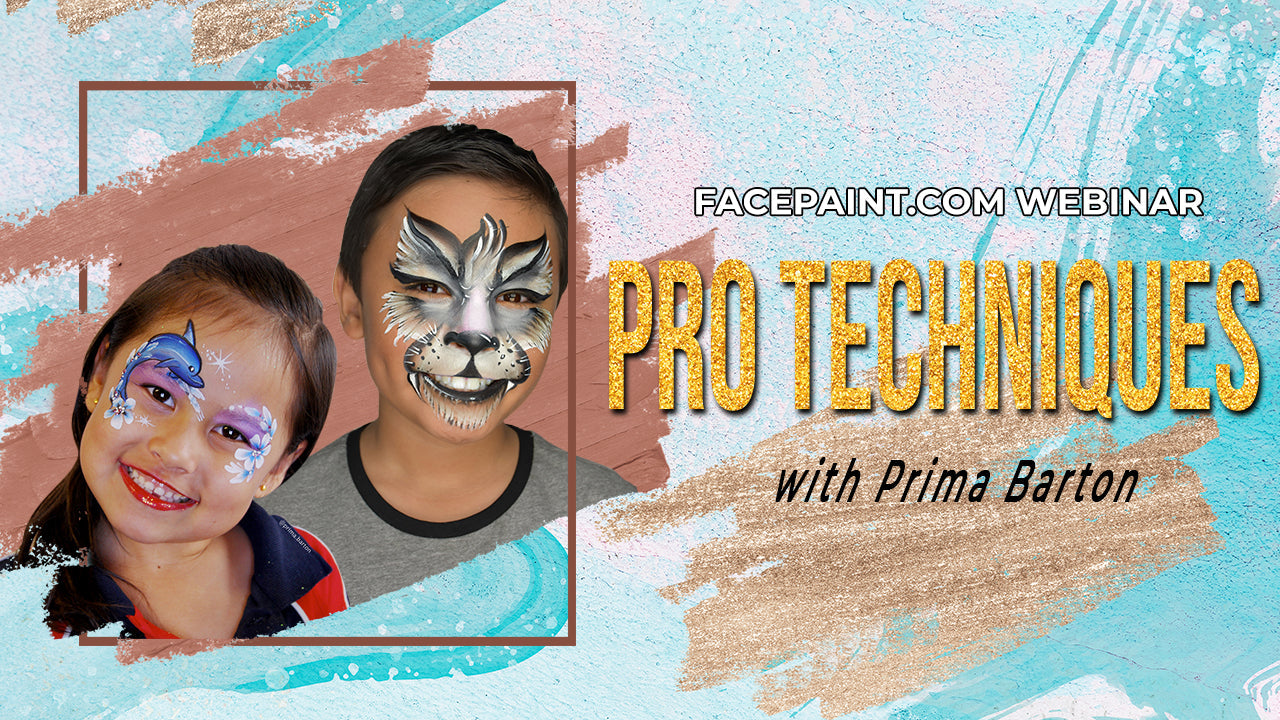 As a professional face painter, I've always been passionate about the joy and excitement that face painting brings to people of all ages. From birthday parties to cultural events, I've had the privilege to witness countless smiles and spark creativity in many faces. Recently, I've been thrilled to discover that my craft can also serve as a therapeutic tool. After conducting extensive research and collaborating with therapists and mental health professionals, I've found that face painting can have a transformative impact on emotional well-being.
Research Findings
Several studies have highlighted the therapeutic potential of face painting and other forms of art therapy. For example, a study by Malchiodi(2012) revealed that art therapy can help clients express themselves, process emotions, and develop coping mechanisms. Another study by Kimport and Robb (2018) emphasized the positive effects of art therapy on self-esteem, social interaction, and stress reduction.
 Unleashing the Power of Self-ExpressionMalchiodi's (2012) research on art therapy suggests that face painting can provide individuals with a unique means of communication, allowing them to visually express their feelings and ideas. By employing colors, shapes, and patterns, clients can create a visual representation of their emotions, enabling them to communicate their experiences in a way that words may not.
 Boosting Self-Confidence through ArtKimport and Robb's (2018) study found that art therapy has a positive impact on self-esteem. Through face painting, clients can explore different aspects of their personality and identity, temporarily transforming their appearance. This creative exploration helps to build confidence and self-acceptance, as individuals become more at ease in their skin.
 Fostering Social ConnectionsBoth Malchiodi (2012) and Kimport and Robb (2018) highlight the importance of social interaction in art therapy. In group therapy settings, clients can participate in face painting sessions, connect with others, share their stories, and provide support. The sense of community that emerges during these sessions can help alleviate feelings of isolation and loneliness often experienced by those dealing with mental health challenges.
 Alleviating Stress and Anxiety through CreativityKimport and Robb's (2018) study emphasized the stress-reducing effects of art therapy. As clients concentrate on applying each brushstroke, they may enter a state of "flow," characterized by deep immersion and focus. This state can help reduce stress and anxiety levels, providing a temporary escape from daily concerns.
 Cultivating Mindfulness through ArtMalchiodi's (2012) research on art therapy suggests that focusing on the creative process can help clients practice mindfulness and develop a greater awareness of their thoughts and emotions. This increased self-awareness can help clients better understand their emotional triggers and manage their feelings in healthier ways.
 Providing a Safe Space for Emotional ExplorationMalchiodi's (2012) study found that art therapy offers a gentle and non-threatening form of self-discovery for individuals who have experienced trauma or faced emotional barriers. By using art as a form of therapy, clients can confront their past experiences and emotions without the pressure to verbalize their thoughts, creating a safe space for exploration and healing.
ConclusionAs a professional face painter, I am constantly inspired by the transformative power of my craft. Face painting is more than just a fun and colorful activity; it can serve as a therapeutic tool that promotes self-expression, self-confidence, social interaction, stress relief, mindfulness, and self-discovery. By collaborating with mental health professionals and incorporating face painting into therapeutic practices, I am excited to contribute to the emotional healing and well-being of those in need.
|
 FREE SHIPPING FOR USA ORDERS OVER $100
FREE SHIPPING FOR USA ORDERS OVER $100








Leave a comment (all fields required)